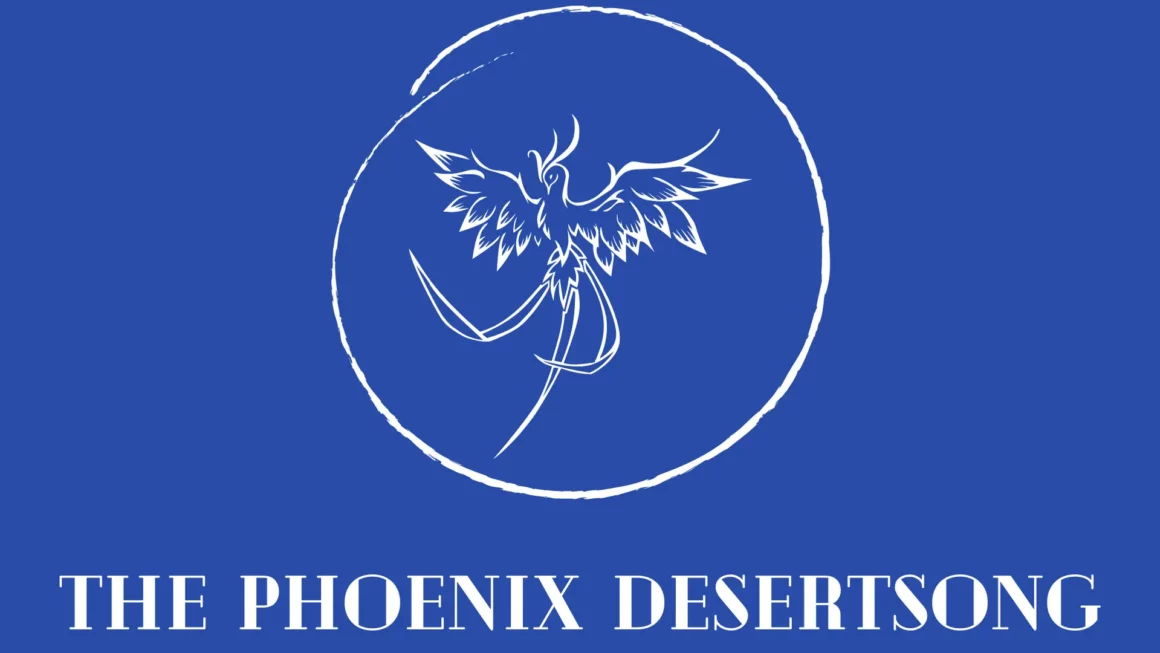How Deserts Serve as Both Muse and Antagonist for Writers
With its seemingly endless expanse of arid, sunbaked terrain, deserts have long captivated the human imagination. Often regarded as a place of harshness and isolation, the desert has served as both an awe-inspiring muse and a formidable antagonist for writers throughout history. As a palette of paradox, the desert landscape has been immortalized in literature in various shades of beauty and terror, solitude and transcendence.
From the desolate sand dunes of Frank Herbert’s “Dune” to the spiritual epiphanies in Paulo Coelho’s “The Alchemist,” the desert landscape continues to enrapture readers with its mystique and allure across the centuries. Let’s cross through several literary deserts and learn how they serve as metaphors, settings, and obstacles for our protagonists.
The Desert as a Metaphor for Human Insignificance
The desert’s stark and unforgiving nature provides authors a sun-kissed canvas to explore themes of isolation and human insignificance. In such barren wastelands, characters often confront their own vulnerabilities, laying bare the essence of their humanity.
For instance, Edward Abbey’s “Desert Solitaire” delves into the author’s profound meditations on solitude and the human relationship with nature as he recounts his experiences as a park ranger in the American Southwest. Unlike so many fictional stories about deserts, Abbey’s stories are based in fact.
The desert’s harsh, unforgiving environment emphasizes the vulnerability of human life in the face of nature’s power. In the midst of the desert’s scorching heat and unyielding terrain, human accomplishments and aspirations can seem small and insignificant. This can be a humbling experience for real persons and characters alike, forcing them to confront their own mortality and the limitations of human existence.
At the same time, the desert can also be a place of introspection and self-discovery. The solitude and stillness of the desert environment can create a sense of clarity and focus. As the desert sands whisper their ancient secrets, the reader is drawn into Abbey’s world of contemplation and reflection. His encounters with the natural world prompt him to question his own identity and beliefs.
Ultimately, the metaphor of the desert as a symbol of human insignificance reminds us that, despite our ambitions and achievements, we’re but a small part of a vast and incomprehensible universe. However, realizing this can also be liberating, inspiring us to find meaning in our connections to others and to nature.
The Desert as a Setting for Romance and Adventure
The enigmatic beauty of the desert biome has inspired countless tales of adventure and romance. Towering sand dunes, rugged mountains, and shimmering oases provide a backdrop for daring escapades and passionate trysts. After all, the desert is also a place of danger, where heroes and heroines consistently must use their wits and courage to survive. So, deserts are perfect settings for emotionally charged adventures with their vast, open spaces and extreme conditions.
In classic adventure stories like “Lawrence of Arabia” and “The English Patient,” the desert becomes a character in its own right, shaping the fates of the characters who venture into its depths. The harsh conditions of the desert, with its scorching heat, treacherous sandstorms, and deadly wildlife, add an element of danger and excitement to these stories, making them compelling and thrilling.
Being such a strong emotional setting makes the desert a place of romance and passion, where lovers can escape from the constraints of society and indulge in their deepest desires. Particularly in “The English Patient,” the desert becomes a place of forbidden love, where characters must choose between duty and desire or honor and passion.
With their endless horizons and ethereal light, desert settings can create a sense of intimacy and intensity that heightens the romantic tension between characters. Whether as a metaphor for the inner journey of the soul, a place of danger and excitement, or a setting for forbidden love, the desert remains a powerful symbol of human experience and imagination.
The Desert as a Backdrop for Personal Growth and Transformation
Amidst the desert’s desolation, writers often find a wellspring of spiritual revelation. Within literature, the desert has often been portrayed as a place of transformation, where characters are forced to confront their deepest fears and desires.
In Antoine de Saint-Exupéry’s “The Little Prince,” the Sahara Desert serves as a metaphor for the narrator’s inner journey, as he wanders the desert with the Little Prince, who claims to be from another planet. In this story, the desert is both a physical landscape and a psychological space. As the golden sands stretch across the horizon and the Little Prince tells our narrator his tale, the desert morphs into a mystical land that transcends earthly boundaries, illuminating the complexities of human emotion and the vastness of the universe.
In the late 1980’s, Paulo Coelho’s “The Alchemist” tells the story of Santiago, a shepherd who embarks on a journey through the North African desert in pursuit of his personal legend. As Santiago traverses the arid landscape, he encounters a series of mentors and trials that lead him to profound realizations about the interconnectedness of all things. In this sense, the desert becomes a crucible for life-altering personal growth, a place where one can forge their destiny amidst the swirling sands of fate.
The Desert as an Otherworldly Atmosphere
The desert’s ethereal and otherworldly aura has also lent itself to tales of the supernatural and the fantastical, from ancient myths to modern science fiction. Sandy wastelands have long been associated with mystery and awe-inspiring power due to their stark and alien terrain. Their desolate expanses create an atmosphere that feels utterly different from the familiar landscapes of more habitable regions.
This surreal quality has made the desert a fertile ground for the imagination, inspiring countless works of literature. The idea of the desert as an otherworldly space has captured the human imagination since ancient times, with stories of gods, demons, and spirits inhabiting the arid wastes.
In modern times, science fiction has taken up the mantle of exploring the possibilities of the desert as an otherworldly atmosphere. Frank Herbert’s “Dune” is perhaps the most famous example of this, creating a complex and fully realized world on the desert planet of Arrakis, a world steeped in political intrigue and mystical forces. Through this epic saga, the desert landscape provides the framework for a vividly imagined universe, rich with symbolism and allegory.
In Herbert’s universe, the desert is an integral part of its mythology and lore. The sandworms that inhabit the dunes aren’t just monstrous creatures, but a source of the spice melange, a substance that grants users heightened abilities and powers of perception.
The landscape of Arrakis is also a symbol of the harshness of life in a technologically advanced feudal society, where power struggles are waged in a relentless battle for survival. It’s a place where only the strongest and most adaptable can thrive. In these stories, the desert serves as a symbol of the unknown and the mysterious, a place where anything is possible and the rules of reality are up for grabs.
The Desert as Metaphor for the Human Condition
Lastly, the desert has served as a metaphor for the human condition, due to its harsh and barren landscape, which reflects the sense of emptiness and vastness that can pervade the human soul. The emptiness of the desert can be seen as a symbol of the existential void that people experience, particularly in times of crisis or uncertainty. Desert settings are often used to represent a range of emotional and spiritual states, from desolation and loneliness to resilience and transcendence.
One of the most famous examples of the desert as a metaphor for the human condition is T.S. Eliot’s poem “The Waste Land.” Written in the aftermath of World War I, the poem uses the desert as a symbol of spiritual barrenness and emotional desolation in the aftermath. Eliot’s poem traverses the “scorched earth” of the human psyche, exploring themes of alienation, disillusionment, and spiritual emptiness.
Thus, the desert becomes a powerful symbol of the isolation and despair that can arise in the face of overwhelming loss and trauma. Eliot invites the reader to contemplate the big existential questions that arise in such times, such as the nature of suffering, the meaning of life, and the possibility of redemption.
The Desert’s Paradoxical Blend of Isolation and Mystique
For all time, deserts in literature will continue to captivate our hearts and minds with its paradoxical blend of harsh beauty, isolation, and mystique. From tales of adventure and self-discovery to poignant explorations of the human spirit, the desert’s sands have etched themselves into the annals of literary history.
Thanks to the human imagination, the desert landscape has transcended its physical boundaries, transforming into a realm of emotion and symbolism that mirrors the complexities of the human experience. Whether serving as a crucible for personal growth or a metaphor for the existential void, the desert’s ever-shifting sands continues to inspire us all, offering us both a mirror to the soul and a portal to the infinite.
~ Amelia Desertsong


